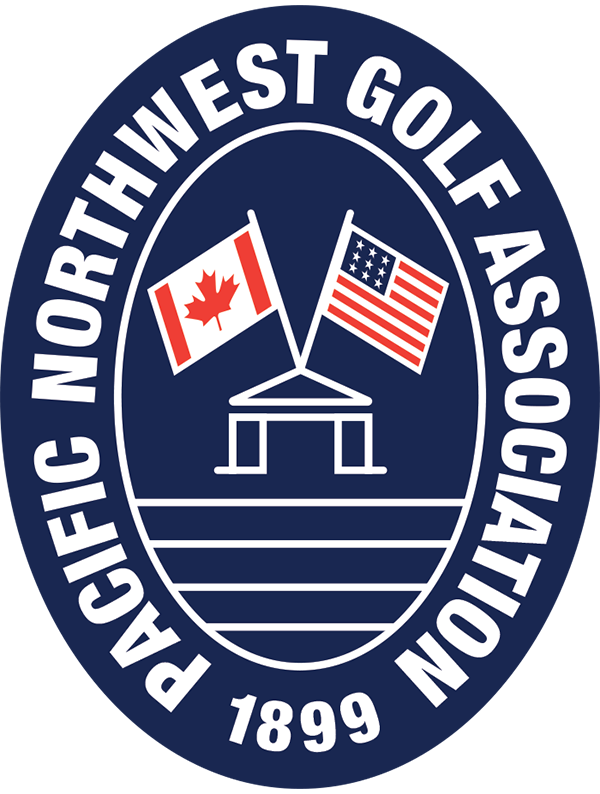WEB EXCLUSIVE: One of a Kind
One of the region’s most historic clubs, Inglewood Golf Club’s colorful history is our history
by Craig Smith
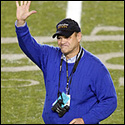
So, here’s my bet: I bet there isn’t another club in the Northwest that can top Inglewood Golf Club if you award points for lore, competitive history, quality of course, golfers produced and characters, and add up the score.
Of course, I’m biased. I caddied at Inglewood as a kid in the 1950s, was treated well, and always have had a warm spot for the club, with its Mediterranean-style clubhouse and variety of holes.
Inglewood will be in the news July 28 when the LPGA Legends Tour makes its second visit for a one-day tournament. The Legends event will add more famous names to the “played Inglewood” rolls that include Byron Nelson, Gene Sarazen, Sam Snead, Arnold Palmer, Gary Player, Patty Berg, Nancy Lopez, JoAnne Carner, Phil Mickelson and Jack Nicklaus.
A much quieter event will be held June 8 when the club holds its second Military Appreciation Day and hosts 60 Navy personnel for golf, cocktails and dinner.
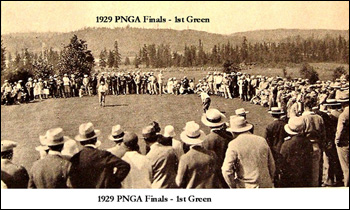
Inglewood is creeping up on its 100th anniversary in 2019. The club was formed in 1919 and the course opened in 1921. The first pro was Al Espinosa, who, after leaving Inglewood, lost a playoff to Bobby Jones for the 1929 U.S. Open title. The club wants to celebrate in 2019 by hosting a USGA national championship.
Inglewood is at the north end of Lake Washington in the Seattle suburb of Kenmore. Back in the 1920s and ’30s, the club was considered so far out in the boondocks that some members who lived in Seattle preferred to spend the night. What were once private rooms and dormitory space still exist above the men’s locker room of the remodeled clubhouse. The clubhouse was built in the remarkably short time of 11 months after a 1925 fire destroyed the much more modest original building.
The course was designed by Robert Johnstone and renowned British Columbia golf architect A.V. Macan.
The course, known for its tough par-4s and birdie-friendly par-5s, is 6,808 yards from the tips and par-73 with a slope of 137.
“This course is a lot longer than the yardage,” said PGA head pro Mike Gove, who had his nephew Jeff caddie for him on the final day at Inglewood in 1985 when he won the Washington Open. Jeff is now on the PGA Tour and Mike was on the tour in the 1980s.
Inglewood was the site of PGA Tour events in 1936, 1963 and 1965 and the LPGA Valhalla Open in 1964, won by Betsy Rawls. The GTE Northwest Classic, a Champions Tour event, was played at Inglewood from 1987-1995 and some PGA Tour exhibition events such as the Fred Couples Invitational have chosen Inglewood as their venue. The course has hosted just about every major WSGA and PNGA championship, numerous USGA qualifiers and filled in a missing piece last year when it hosted the Hudson Cup.
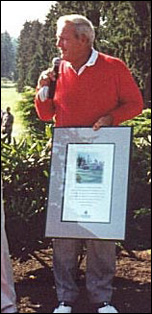
Palmer shot his age of 66 on his birthday at Inglewood in 1995 in the GTE Northwest Classic. A plaque commemorating the feat is near the first tee. In 1992 he made a hole-in-one on No. 8, the par-3 that borders the Sammamish River. Palmer liked the club so much that, in 1997 when he was back at Inglewood playing in the Fred Couples Invitational, he had the first tee announcer introduce him as “from the Inglewood Country Club, Arnold Palmer.” The club had changed its name to Inglewood Golf Club two years earlier but that didn’t matter.
Lore? Some of the stories are tragic. A member bled to death in the 1950s on the ninth hole when his golf club snapped and imbedded in his leg. Even if he had yelled for help, the consensus was that his cry would have been ignored as just more racket from the peacocks that lived near the ninth fairway and screeched all the time.
In 1952, a dish washer shot and killed a deputy sheriff he mistook for a returning safecracker. The club had legal slot machines back then.
In 1954 a light plane made an emergency landing on the 18th hole and had to be dismantled to be removed.
Early in the 1950s, an early morning gallery following a match reached the top of the hill on the fourth hole and looked down to see an amorous couple using the green as their outdoor bedroom. The story goes that head pro Charlie Mortimer turned to the gallery and said, “Move back, back, back, especially you ladies!”
In the 1970s, a house of prostitution operated in a home off the 10th fairway and clientele came from throughout the metropolitan Seattle area.
“I was so naïve,” a member told me. “I never could figure out why there were so many women in that house.”
During World War II, the clubhouse was used as a rest and relaxation station for the Coast Guard and sheep grazed on fairways to keep the grass under control.
Characters? Ed “Porky” Oliver, one of the most colorful men in U.S. golf history, was head pro at Inglewood for nearly three years until late 1950. This was an era when a lot of tour pros worked at clubs and Oliver was hired to give Inglewood a higher profile. Oliver played on the 1947 Ryder Cup team while carrying a bag with “Inglewood Country Club” on the side.
Oliver loved to eat and laugh.
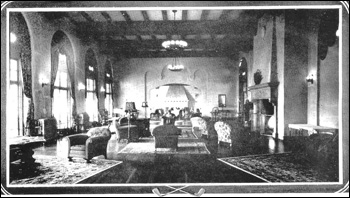
“Money is important, but without laughs, life just wouldn’t be worth the battle,” Oliver once said. As a PGA Tour player, the portly Oliver traveled from tournament to tournament in a station wagon that had two refrigerators.
The club has had its share of eccentric members but one of the most beloved men is retired bartender Negal Burrell. He worked at the club for 56 years, retiring in 2002 after serving, by one calculation, nearly a million drinks. He was given a Cadillac, his own parking spot with his name on it and a lifetime membership when he retired.
Celebrity past members include football coaches Don James and Tom Flores, quarterback Dave Krieg, sportscaster Keith Jackson and basketball legend Bill Russell.
Ruth Jessen was an Inglewood member who won 11 times on the LPGA Tour and finished second in two U.S. Women’s Opens. Bill Sander grew up playing Inglewood and won the 1976 U.S. Amateur. Jack Westland, the Everett native who won the 1952 U.S. Amateur at Seattle Golf Club, was once an Inglewood member. Walker Cup team members Harry Givan and Dick Yost were members as was Erv Parent, a top Northwest amateur in the 1950s and ’60s.
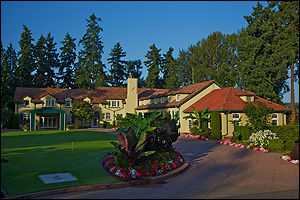
Jeff Coston, who played on the PGA Tour but is best known as the all-time leading winner of Pacific Northwest Section PGA majors, was a junior member before his family moved to California. Edean Ihlanfeldt, a successful Northwest amateur who was the first coach of the University of Washington women’s golf team, was a member. And, of course, there is the previously mentioned Jeff Gove.
Like most Northwest courses with long histories, Inglewood has had its share of ups and downs, with the first big down a bankruptcy during the Depression in 1934, followed by another in 1940 that led to Jack Barron buying the course, according to club historian Kent Ahlf. After many years of negotiations, an agreement was reached in the early 1970s for members to buy the course back, saving it from real-estate development.
Today finds Inglewood with a full golf membership of over 400 and making plans for its 100th birthday. The place considers itself special and this former caddie can only agree with that assessment.
Craig Smith spent a long career as a sportswriter for the Associated Press, Seattle P-I and Seattle Times. As a youth, Craig worked as a caddie at Inglewood Golf Club, and remembers shooting 142 the first time he played there.
